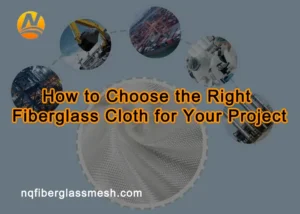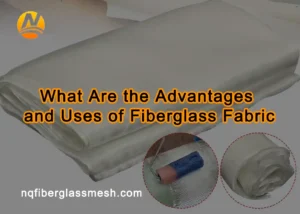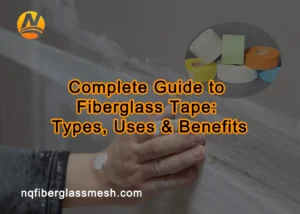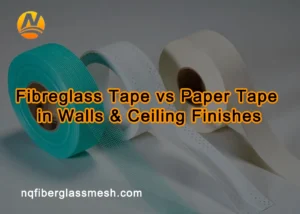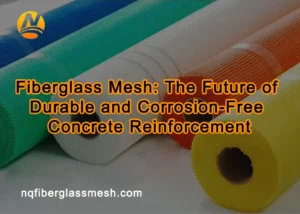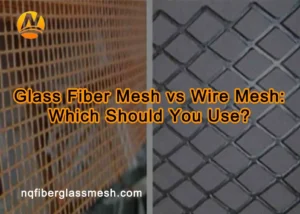The following introduces a variety of glass fiber cloth woven with glass fiber yarn, glass fiber fabric.
(1) Glass cloth The glass cloth produced in our country is divided into two categories: alkali-free and alkali, and most of the foreign countries are E-GLASS alkali-free glass cloth. Glass cloth is mainly used in the production of various electrical insulation laminates, printed circuit boards, various vehicle bodies, storage tanks, boats, molds and so on. Medium alkali glass cloth is mainly used for the production of plastic coated packaging cloth, and for corrosion resistance occasions. The properties of fabric are determined by fiber function, warp and weft density, yarn structure and weave. The warp and weft density is determined by the fabric structure and weave. The warp and weft density, together with the yarn structure, determines the physical properties of the fabric, such as weight, thickness and breaking strength. There are five basic weaves: plain plan(similar to plaid), twill(generally +-45 degrees), satin statin(similar to one-way fabric), ribbed leno(mainly glass mesh fabric) and matts(similar to Oxford fabric).
(2) The glass fiber strip is divided into woven side strips (light edge strips) and non-woven side strips (raw edge strips). Alkali-free glass fiber tape is often used in the manufacture of high-strength, good dielectric function of electrical equipment parts.
(3) Glass fiber unidirectional fabric, unidirectional fabric in which the single warp fabric is a coarse warp and fine weft woven into four broken satin or long axis satin fabric, which is characterized by high strength in the warp main direction of 0 degrees. There are also glass fiber single weft cloth, there are two kinds of warp knitting and machine weaving, characterized by thick weft yarn, fine warp yarn, glass fiber yarn are fed in the weft, at 90 degrees latitude with high strength.
(4) glass fiber three-dimensional fabric Three-dimensional fabric is relative to flat fabric, its structural characteristics from one-dimensional two-dimensional development to three-dimensional, so that the composite material as the reinforcement has good integrity and shape copying, greatly improving the interlayer shear strength and damage tolerance of the composite material. It is developed with the special needs of aerospace, aviation, swords, ships and other parts, and its application has been expanded to automobiles, sports equipment, medical equipment and other parts. There are five main categories: woven 3D fabrics, knitted 3D fabrics, orthogonal and non-orthogonal non-woven 3D fabrics, 3D woven fabrics and other forms of 3D fabrics. The shape of three-dimensional fabric includes block, column, tube, hollow truncated cone and variable thickness shaped section.
The shape of the special-shaped fabric is very similar to the shape of the product it is intended to enhance, and must be woven on a special loom. Symmetrical shape of the special-shaped fabric are: cap, cone, cap, dumbbell fabric, etc., can also be made into boxes, hull and other different miscalled shape.
(6) Glass fiber channel core fabric Channel core fabric is composed of two layers of parallel fabric, connected by vertical vertical bars of fabric, its cross-section shape can be triangular, rectangular, honeycomb structure.
(7) Glass fiber stitched fabric is also known as knitted felt or woven felt, it is different from ordinary fabric, but also different from the usual sense of felt. The most typical stitched fabric is a layer of warp and a layer of weft overlapping, by sewing the warp and weft woven together into fabric. The advantages of stitch-knitted fabrics are as follows:
1.It can increase the ultimate tensile strength, delamination strength and bending strength of FRP laminates under tension;
2.Reduce the weight of FRP products;
3. The surface is smooth so that the surface of FRP is smooth;
4.Simplify hand paste manipulation and improve labor productivity. This reinforced material can be used in pultrusion FRP and RTM instead of continuous filament felt, and can also be used in centrifugal glass tube production instead of plaid cloth.
